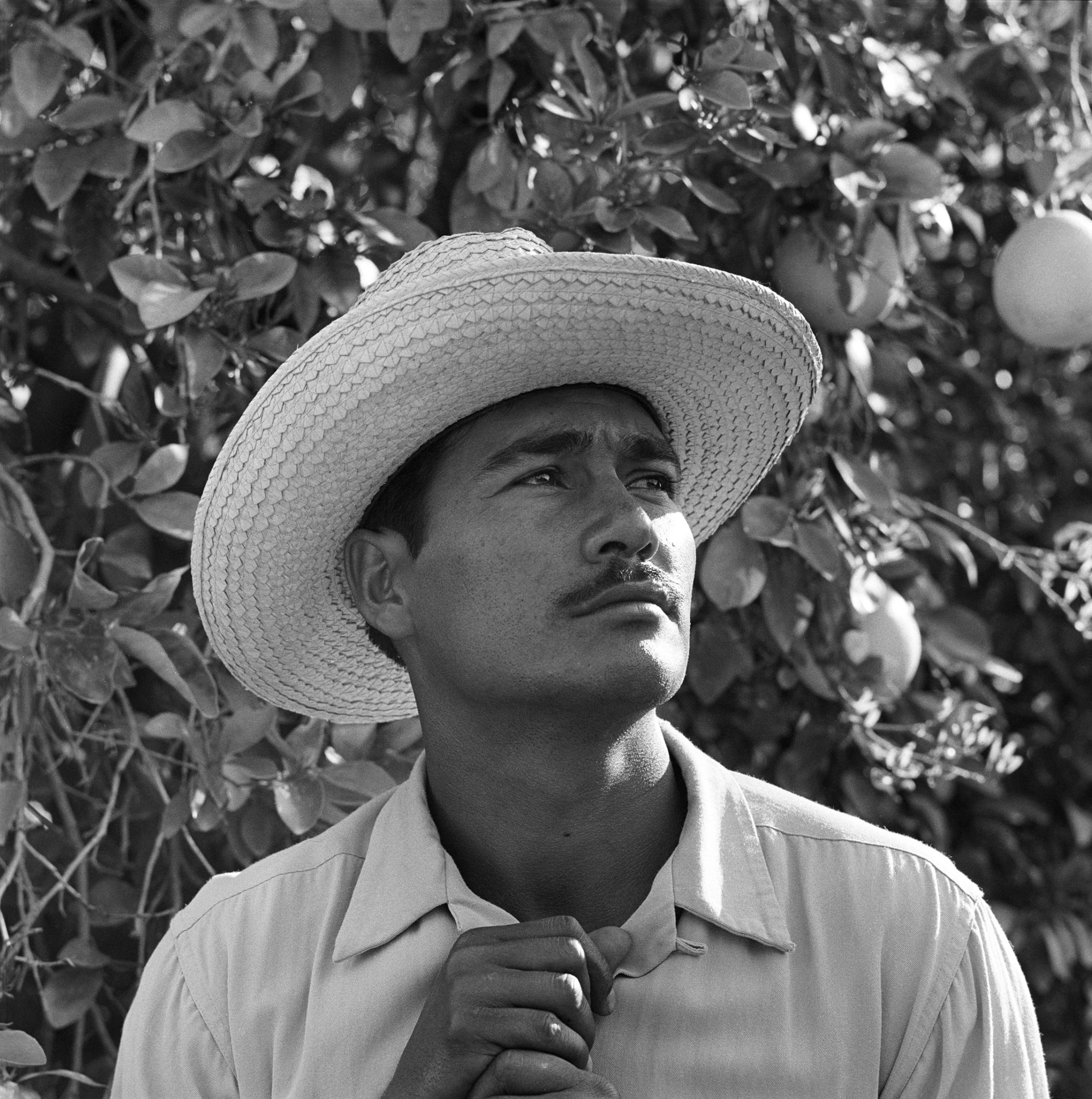
World War II affected the U.S. labor market in countless ways, but in the farms of the South and West, the impact was perhaps most visible when harvest time arrived. With American workers off fighting and therefore hard to come by, Mexican farm workers were brought to the U.S. as legal guest workers known as braceros.

The program continued after the war ended, as workers continued to cross the border in search of work. That was the world documented in 1957, when the photographer Sid Avery was assigned by the Saturday Evening Post to do a story on the Bracero program.
Now, 60 years later, the photo agency MPTV has uncovered some of those photos, which haven’t been published since the original story.
Avery was best known for his work with celebrities, but this assignment sent him in a different direction. The accompanying article, by Fred Eldridge, explained how each year more than 400,000 legal Mexican laborers filled the role of “modern agricultural mercenary” helping make the U.S. farming industry work.
“I came to America,” Rafael Tamayo, the main subject of the story, told The Saturday Evening Post, “because my family and I are very poor. I am a campesino [farm worker]. I earn seven pesos a day.”
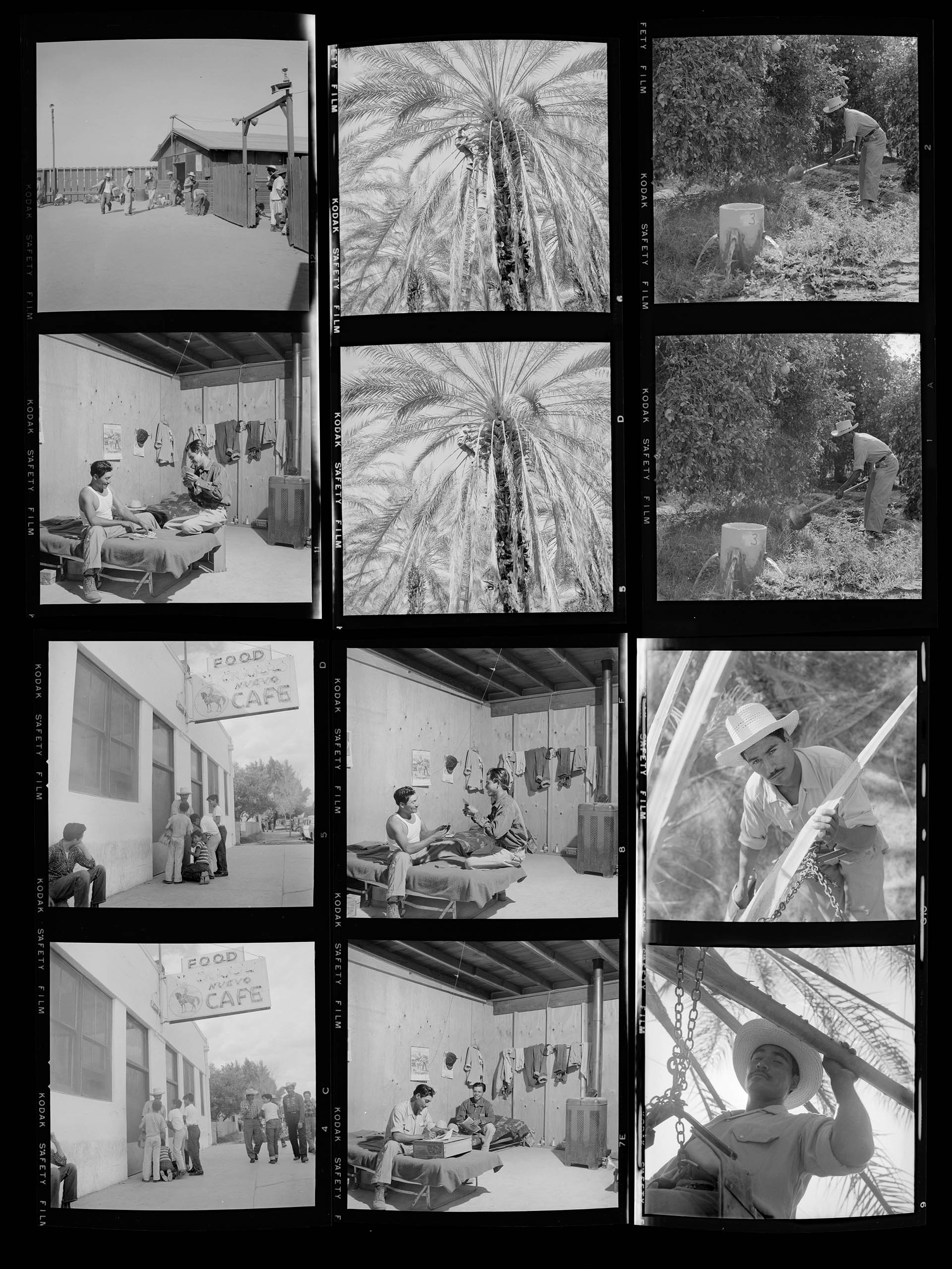
At that rate — seven pesos was the equivalent of 56 American cents — Tamayo had decided it was worth the risks and the social stigma to enter the program. If he wound up with an undesirable contract he would be out his expenses, but a good job could help him move up in the world. The generally rosy view presented by Avery and Eldridge was not a complete picture of the Bracero program. For example, activists on both sides worried about exploitation of and discrimination against Mexican labor, and the broader effects on the economy of bringing workers from one market to another.
But when the program was allowed to expire at the end of 1964, farmers protested that they could not find or afford enough American workers to harvest their crops — and undocumented immigration soared.
More recently, as the subject of undocumented immigration from Mexico has continued to make news, some officials on both sides of the border have come together to suggest a return to something like the Bracero Program. “With proper design,” they wrote, “bilateral regulation can bring prosperity shared by both countries, secure workers’ rights in both countries, cripple unlawful activity in both countries, and serve as a model around the world.”
Michelle Molloy, who edited this photo essay, is a senior photo editor at TIME.
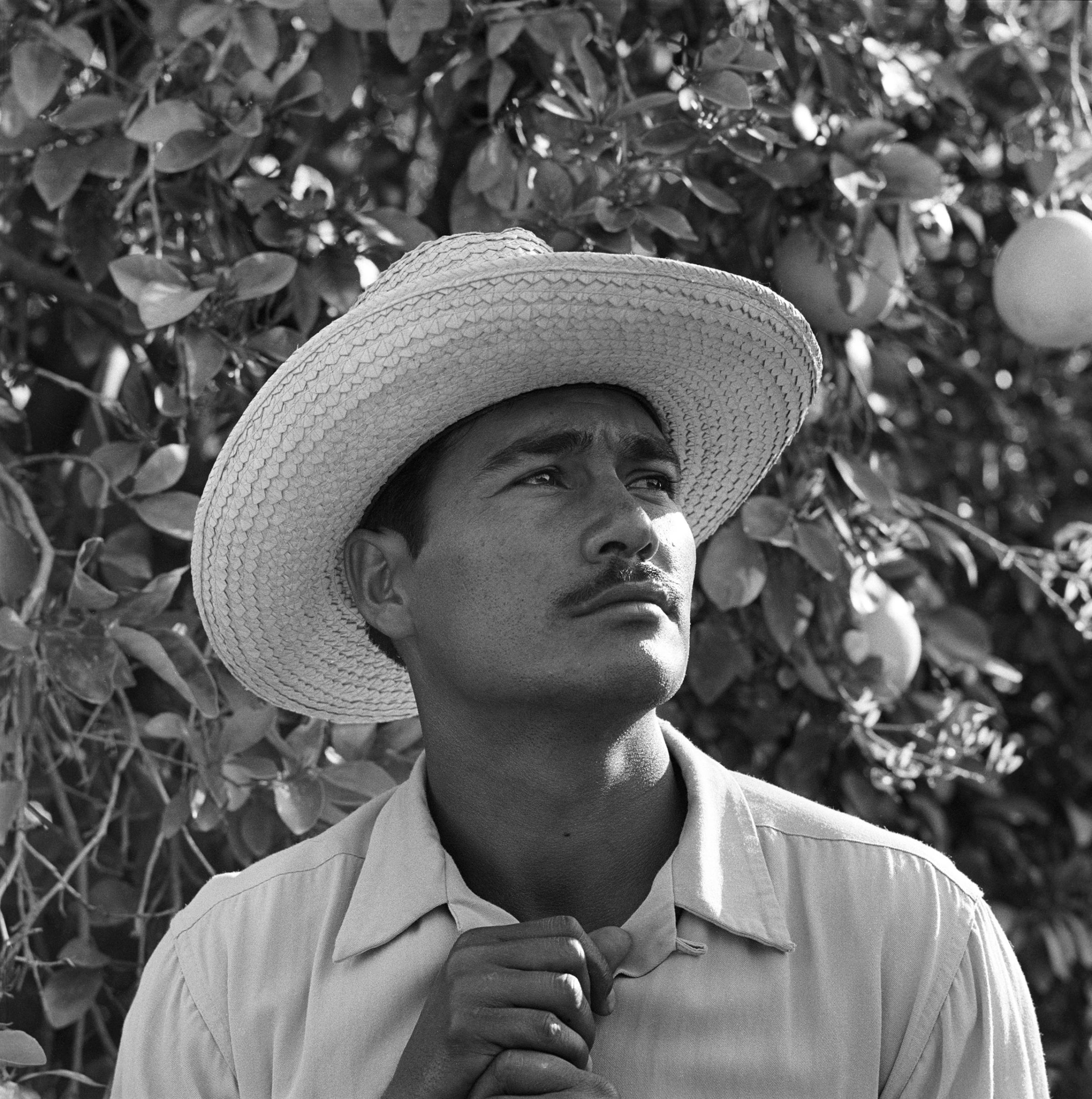
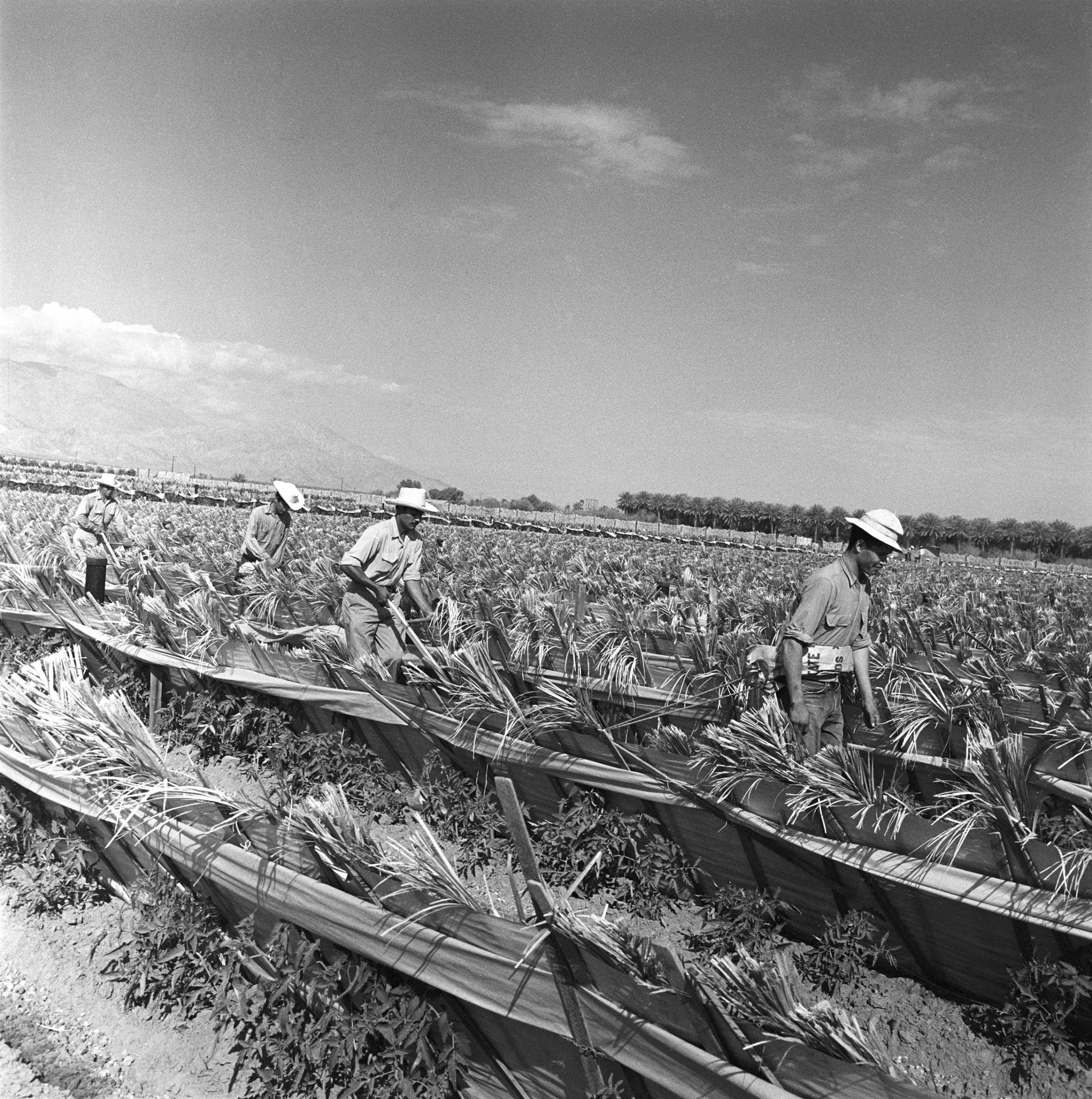

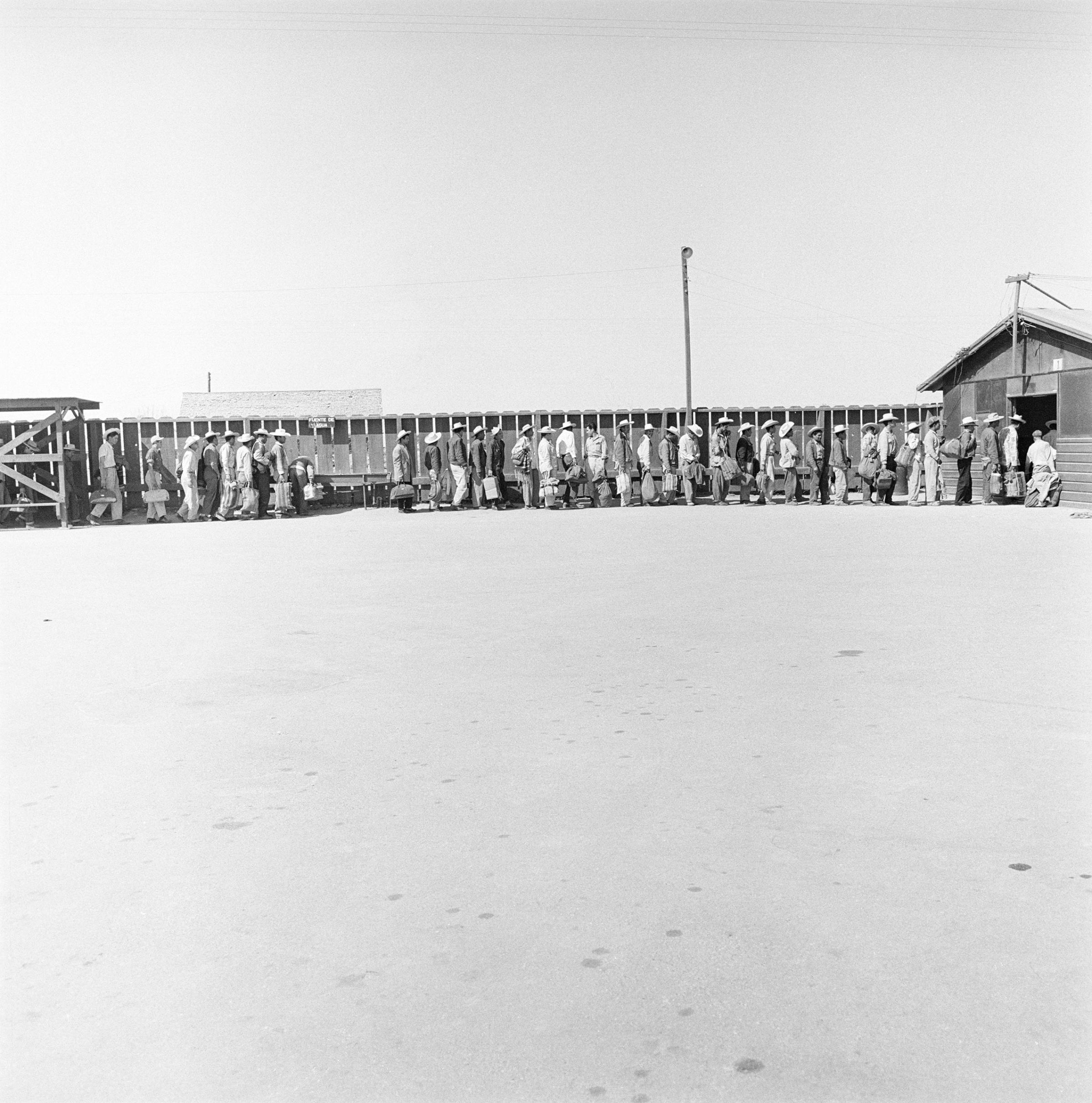
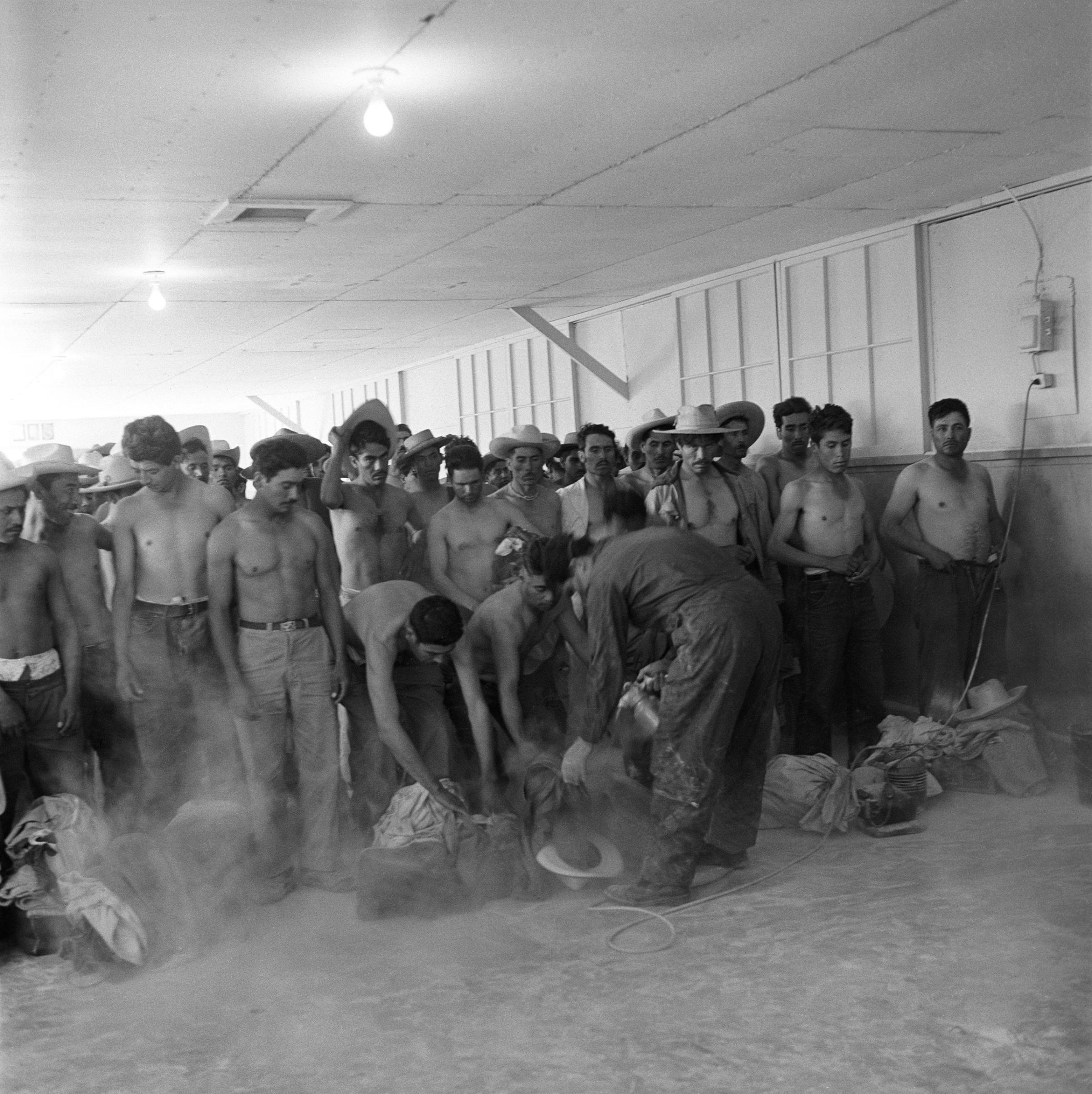
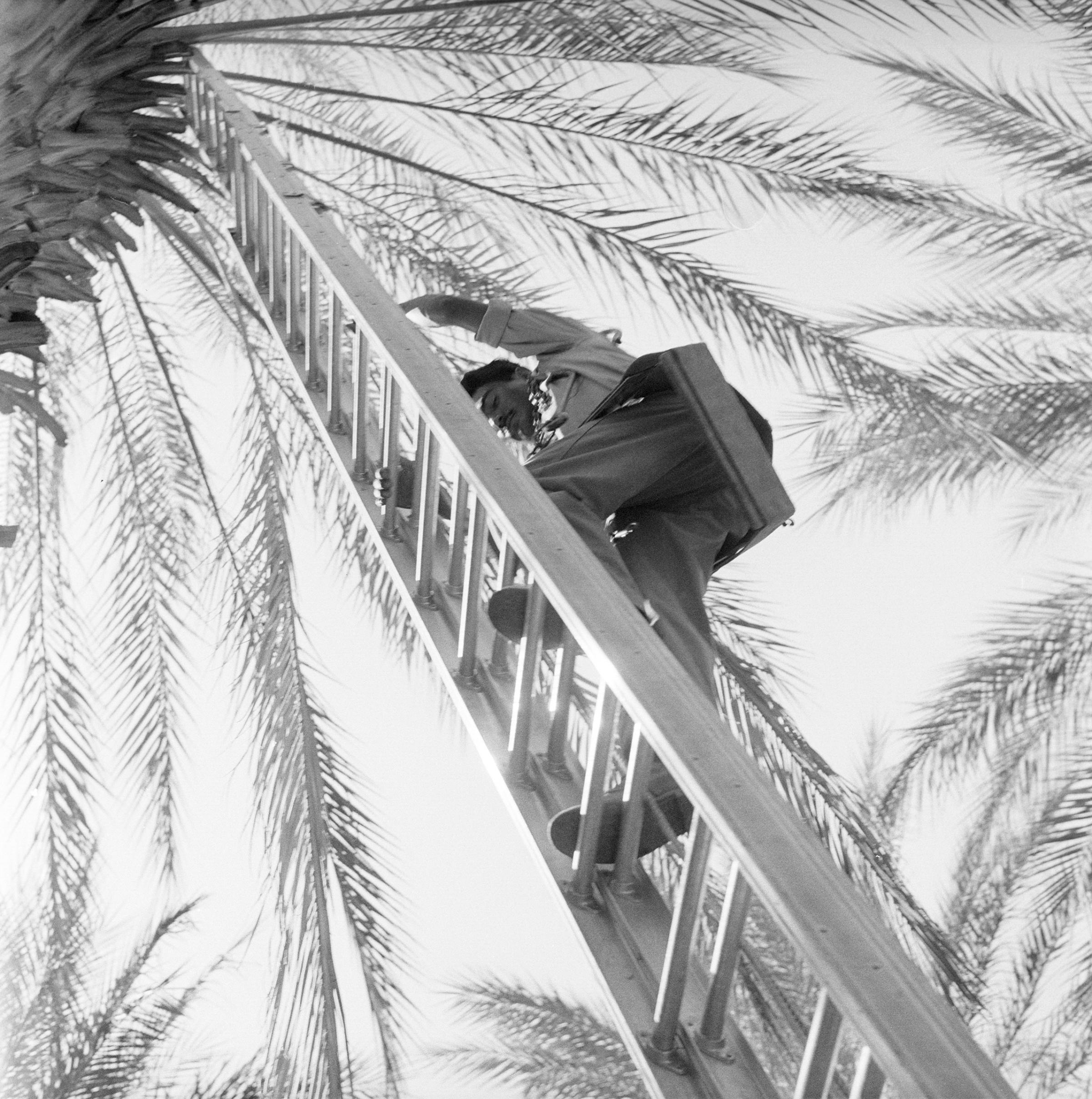


More Must-Reads from TIME
- Cybersecurity Experts Are Sounding the Alarm on DOGE
- Meet the 2025 Women of the Year
- The Harsh Truth About Disability Inclusion
- Why Do More Young Adults Have Cancer?
- Colman Domingo Leads With Radical Love
- How to Get Better at Doing Things Alone
- Michelle Zauner Stares Down the Darkness
Write to Lily Rothman at lily.rothman@time.com